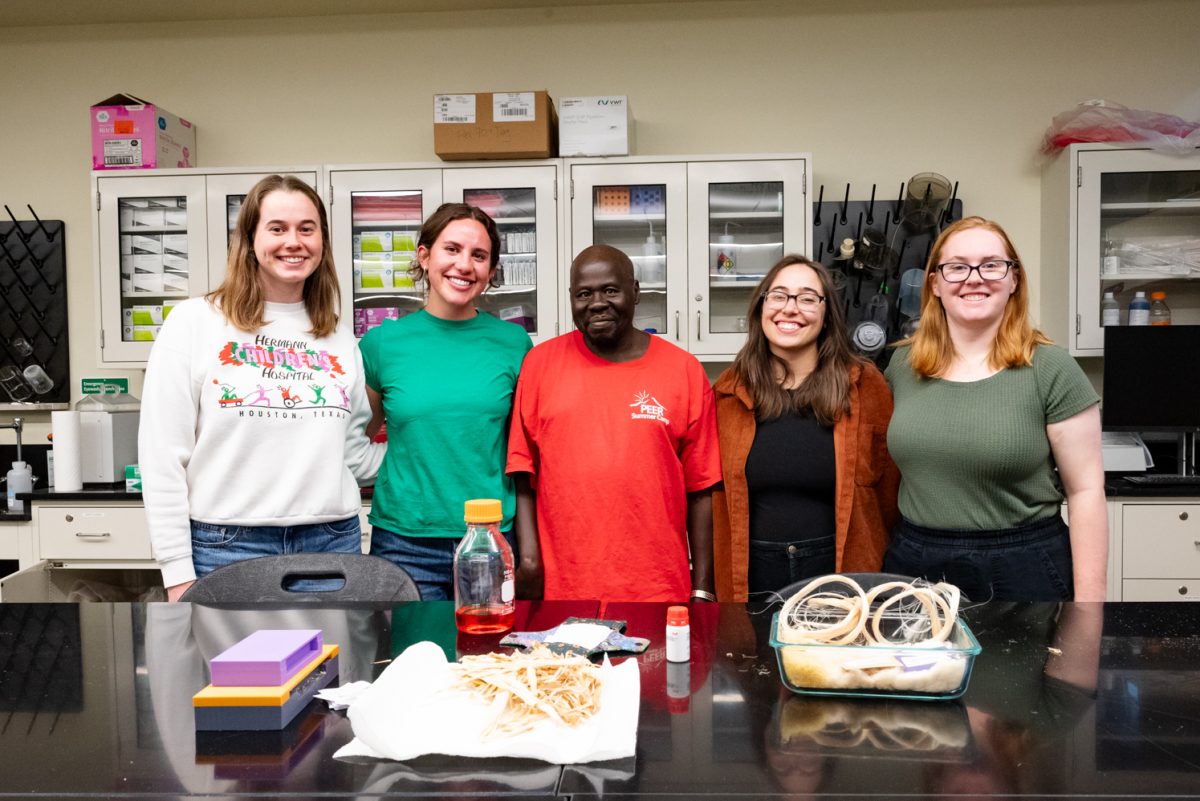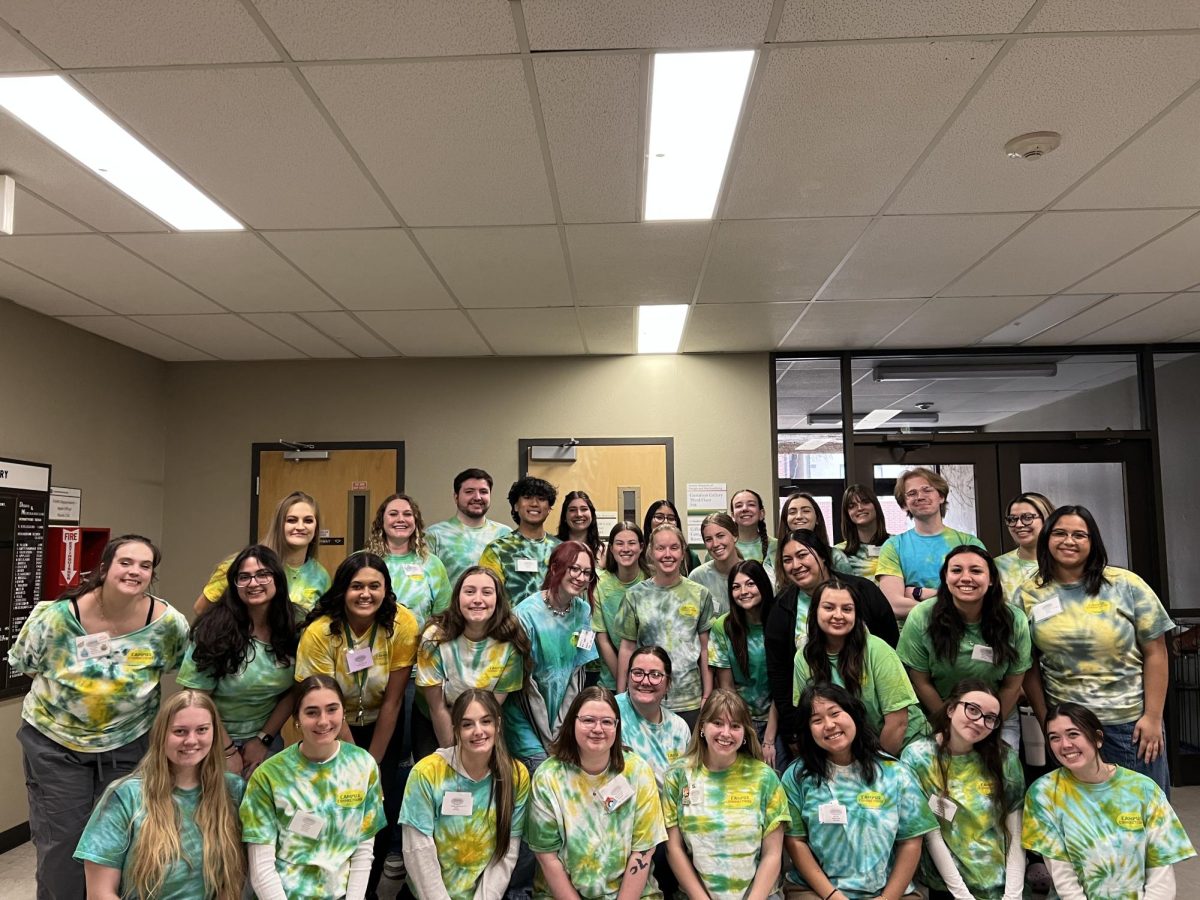Colorado State University graduate student Annalise Maughan’s research around perovskites is revolutionizing solar cells.

Her article titled “Anharmonicity and Octahedral Tilting in Hybrid Vacancy- Ordered Double Perovskites” was chosen as editors choice in ‘Chemistry of Materials’, a peer-reviewed scientific journal.
“In this particular project, we wanted to understand how materials that were relevant for emerging solar cells worked,” Maughan said. “The materials we work on are called perovskites and they’re pretty exciting for emerging solar cell technology because they can achieve efficiencies that are competitive to what’s commercially available.”
Solar cells use semiconductors to create energy, and perovskites are semiconductors that generate energy. According to Maughan, perovskites are a type of crystalline materials that have similar arrangements of atoms. Maughan said recent research suggests that perovskite materials are highly efficient when it comes to converting sunlight into energy.
According to National Renewable Energy Laboratory, in the past 10 to 15 years, solar cell semiconductor efficiency has improved 12.8 to 22.1 percent in efficiency which is a substantially large improvement for solar cell semiconductor efficiency.
Jamie Neilson, an assistant professor of chemistry who worked with Maughan, said in comparison to commercially available cells, perovskite cells are easier to produce.
For this particular project, Maughan and her team studied vacancy-ordered double perovskites in comparison to traditional perovskites.
“Vacancy-ordered double perovskites are related to the perovskite family, but have a slightly different structure,” Maughan said.
According to Maughan, traditional perovskites are structured so that the blue diamonds are all connected by the orange atoms, and this forms a network that surrounds the purple atom in the middle. Alternatively, vacancy-ordered perovskites are structured so that in the vacancy-ordered double perovskite, every-other diamond is missing and the diamonds are no longer connected.
“By modifying the perovskite structure, we can access different chemistries and more effectively understand perovskite materials,” Maughan said.
According to Maughan they changed the chemical composition of the perovskites to understand how that effects their properties.
“So in this particular work, we changed the chemical compositions, what the material is made up, but did it systematically,” Maughan said. “So we replaced one atom with a different type of atom or with a molecule, and we replaced that molecule with a slightly different molecule and then we measure the properties.”
Overall, this is just the beginning and there is more research to be done.
“There is never a study that you do an experiment, you publish a paper, and it’s all settled,” Neilson said. “It’s one piece of the puzzle.”
Collegian reporter Jorge Espinoza can be reached at news@collegian.com or on Twitter @jorgespinoza14.







